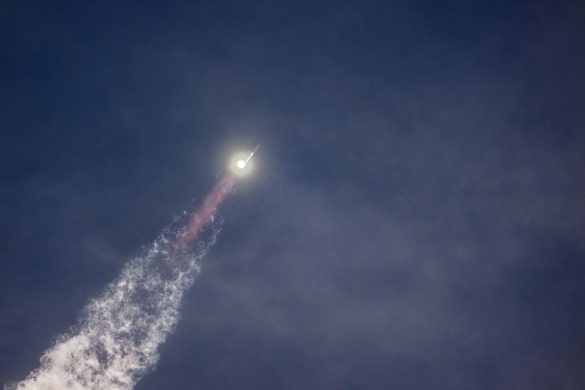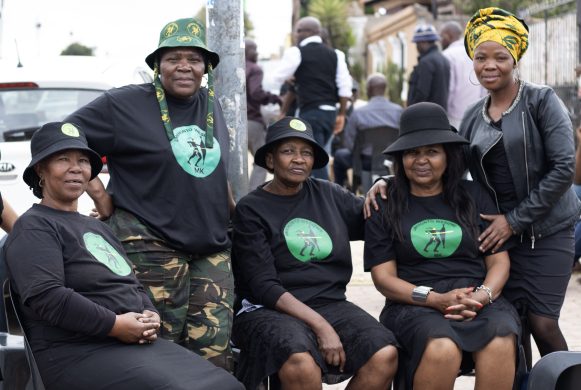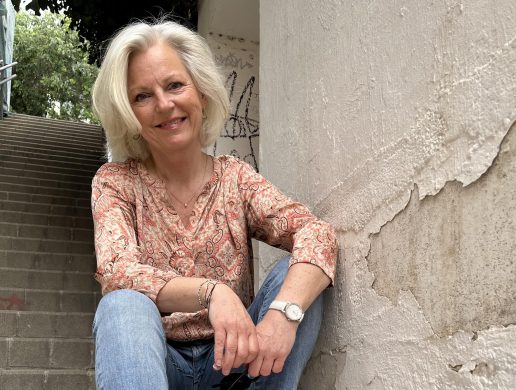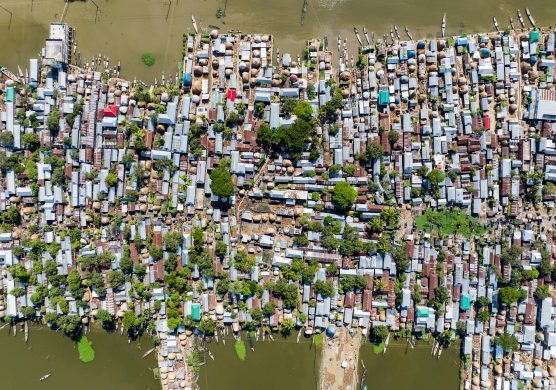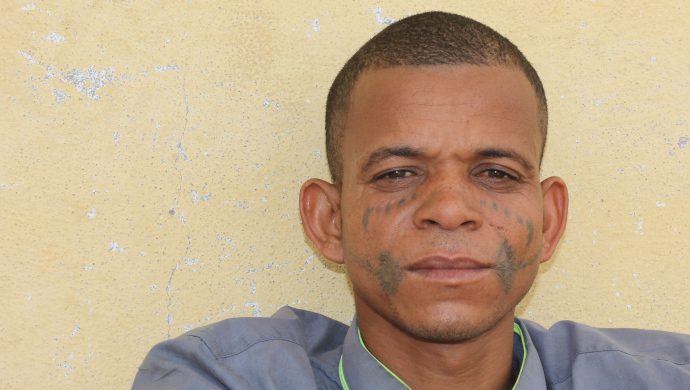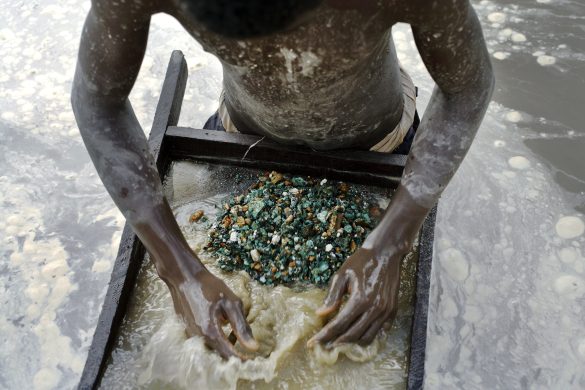The World Bank is ready to lend up to 3 billion US dollar (18 mia. DKR) over the next three years to support a rural infrastructure program in India, called Bharat Nirman, especially to build roads, provide drinking water and establish irrigation facilities in Indian villages, mostly through state level projects.
The Bank also has agreed to explore with the government ways of creating a viability gap financing fund to encourage private participation in removing infrastructure bottlenecks. Private investors would have access to this fund on a competitive basis to meet financing needs in infrastructure projects with potentially low revenues.
Making these announcements at the end of his maiden visit to India Saturday, World Bank President Paul Wolfowitz said:
– I have been deeply impressed by what I have seen here. The sheer scale of womens empowerment that I witnessed in Andhra Pradesh means that the next generation of children is assured a brighter future. I learned from the finance minister that similar things are beginning to happen in other states.
– There is a strong link between empowerment and growth, and a big momentum for development has been generated in India.
– But though it is making rapid strides, India has an unfinished agenda. It is still home to a quarter of the worlds poor people, most of whom reside in the rural areas. Infrastructure constraints are an impediment to growth. The government has rightly made provision of rural infrastructure and investments in hard infrastructure a priority. The World Bank feels privileged to support these efforts.”
Under Bharat Nirman, the government plans to make a major investment in rural infrastructure, involving local governments and communities, in six areas: irrigation, drinking water and sanitation, roads, electrification, telecommunications and housing.
The World Bank is already active in the first three sectors and has approved new loans worth over 1 billion US dollar (6 mia. DKR) in the last two years. In their discussions with Mr. Wolfowitz, Prime Minister Manmohan Singh, Finance Minister P. Chidambaram and Planning Commission Deputy Chairman Montek Singh Ahluwalia sought expanded Bank support in these three areas.
The government also informed the Bank President that it needs to invest 100 billion US dollar (600 mia. DKR) over the next seven years in physical infrastructure such as power, highways, airports, ports and railways. Since the public sector will be unable to generate such volumes on its own, resources must also be harnessed from the private sector.
For this reason, it was suggesting a viability gap fund.
Rural India was the focus of much of Mr. Wolfowitzs India visit. He began with a tour of villages in Andhra Pradesh, where the Bank is funding a number of community-driven projects in livelihoods, education, and forestry management. His discussions with the government in New Delhi were also focused on this theme.
At his request, representatives of the Centre, Planning Commission, and governments of Tamil Nadu, Pondicherry and Andaman and Nicobar Islands briefed him on the progress in tsunami reconstruction work.
– Indias response to the tsunami, both immediately after the disaster struck and now in the reconstruction phase, has been remarkable. The World Bank is proud to support this effort and looks forward to carrying the learnings from India to the other affected countries, he said.
The Bank is supporting Indias tsunami reconstruction effort with financing totaling 528 million dollar.
The Banks India Country Strategy for 2005-08 is closely aligned with the governments agenda and includes focused lending for upgrading infrastructure, for improving health and education conditions, as well as for generating rural livelihood opportunities.
India is the World Banks largest borrower. Lending reached 2,9 billion US dollar in the financial year ending June 2005, more than double the 1,4 billion lent the year before.
Of the Banks cumulative active portfolio in India, half is for building power, transport and water infrastructure.
In addition to his meetings with government, Mr Wolfowitz paid a courtesy call on the President, Dr. A.P.J. Abdul Kalam, and met representatives of youth, specialists in gender issues, and private industry.
For more information on the World Banks activities in India, visit:
www.worldbank.org/in
Kilde: www.worldbank.org



